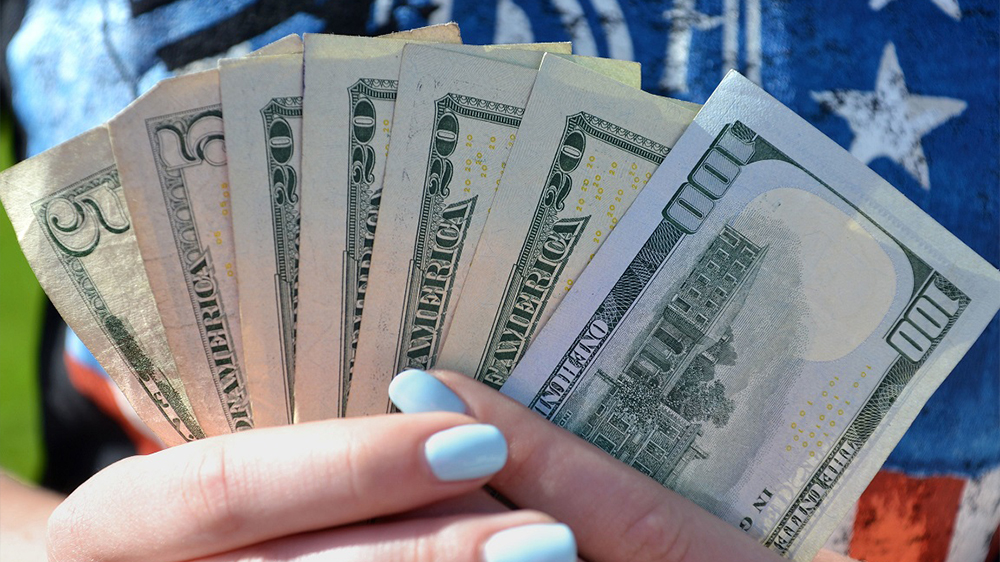liquidity is the amount of money that is now available in the financial system. This comprises cash and reserves, among other things. A liquidity deficit indicates a cash shortage, whereas a liquidity surplus indicates an overabundance of funds. On a daily basis, the central bank injects and drains money in response to the needs of the moment, such as fund outflows and inflows from the banking system. Credit becomes more accessible during a recession because of an increase in money being added by the Federal Reserve, which is responsible for controlling the economy. As businesses and individuals borrow to fund purchases and operations, increased economic activity results. This will affect many aspects of the economy, which we are going to explain in the following paragraphs.

Global economy recovery business economic growth
The effect of liquidity on interest rate
Investors who hold bonds make money when interest rates fall. In the monetary system, the profits of a bondholder’s sale of bonds are either in circulation or in the accounts of banks and brokerage firms, depending on how the bonds were sold. As a result of this, the total amount of money in circulation drops even further. In addition, low-interest rates encourage businesses and individuals to borrow money because the interest rate is lower. Businesses take out loans to pay for new machinery, additional employees, and increased inventory. Borrowing is a common way for people to pay for big-ticket items like a house, a car, appliances, clothing, and vacations. New business activity leads to more jobs, as does an increase in consumer spending and the expansion of existing businesses.

Person insert card to automated teller machine
The effect of liquidity on consumer spending
Consumer spending tends to level out or drop when interest rates rise and make goods more expensive to finance. This can help avoid the development of housing bubbles, which are quick increases in property or stock prices followed by a big decline. Financing purchases becomes simpler as liquidity and interest rates rise. Consumer spending and economic growth can be bolstered by this liquidity effect. In order to stimulate consumer and company spending during the 2008 financial crisis, the Federal Reserve cut interest rates.
The effect of liquidity on taxes
The taxes must be paid on the meager interest that is earned on investment unless the saving is stashed under the bed in a jar. Investing in low-interest liquid assets results in a loss of capital due to inflation and taxation. A business coach may advise claiming a tax deduction on the money in an Individual Retirement Account (IRA) for small business owners. Grants and tax credits may also be missed if individuals don’t invest in machinery and job creation programs that promise tax savings.

A female holds a handful of money cash currency
What is the liquidity effect?
When the Fed adopts a restrictive monetary policy, it sells Treasuries and raises the reserve requirement for banks. In order to take advantage of the increasing demand for credit, lenders hike the interest rates on their loans. Recessions can be triggered by excessive interest rates and a lack of money in the economy. Consumers and businesses both cut back on spending when money is scarce. As fewer people can afford the boom-time prices, so do house prices and other factors. As a result, when there is a lack of liquidity in the economy, it has the opposite effect.


